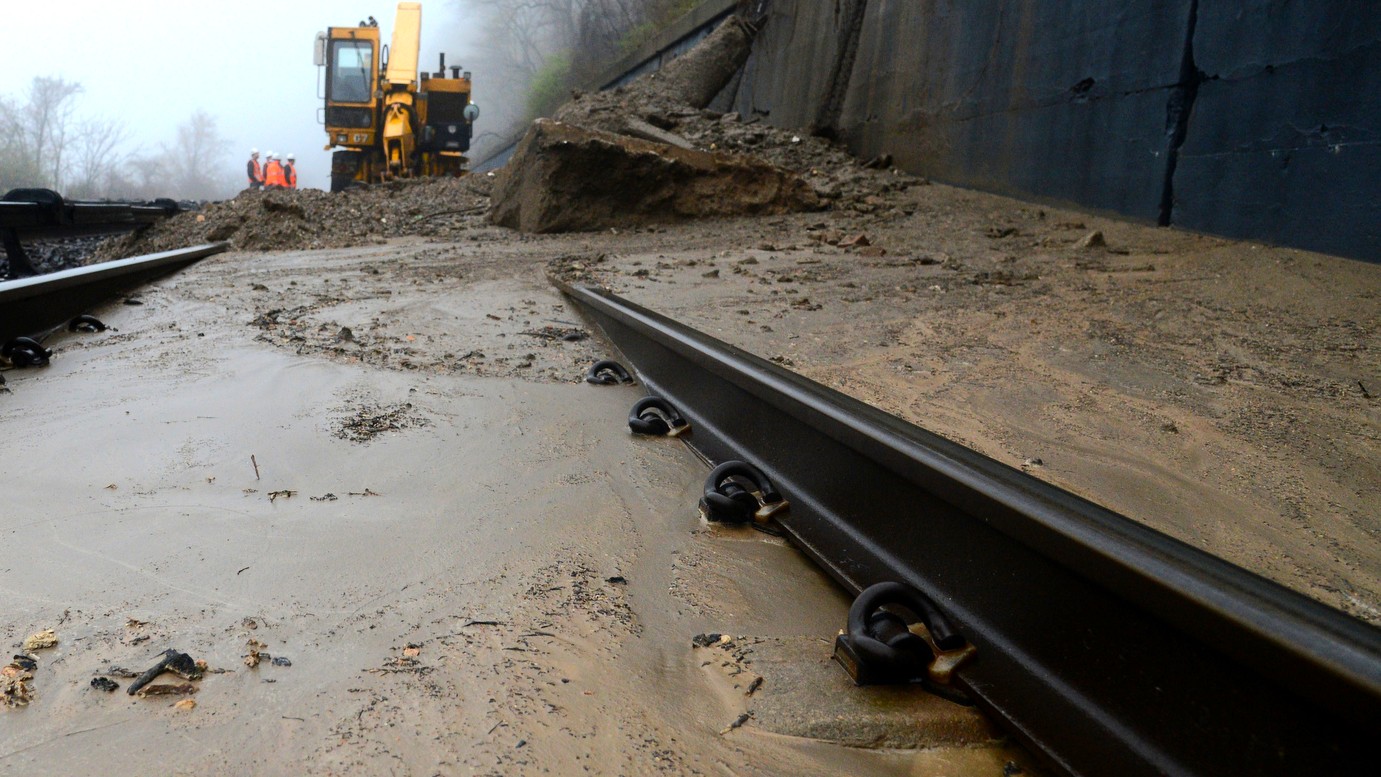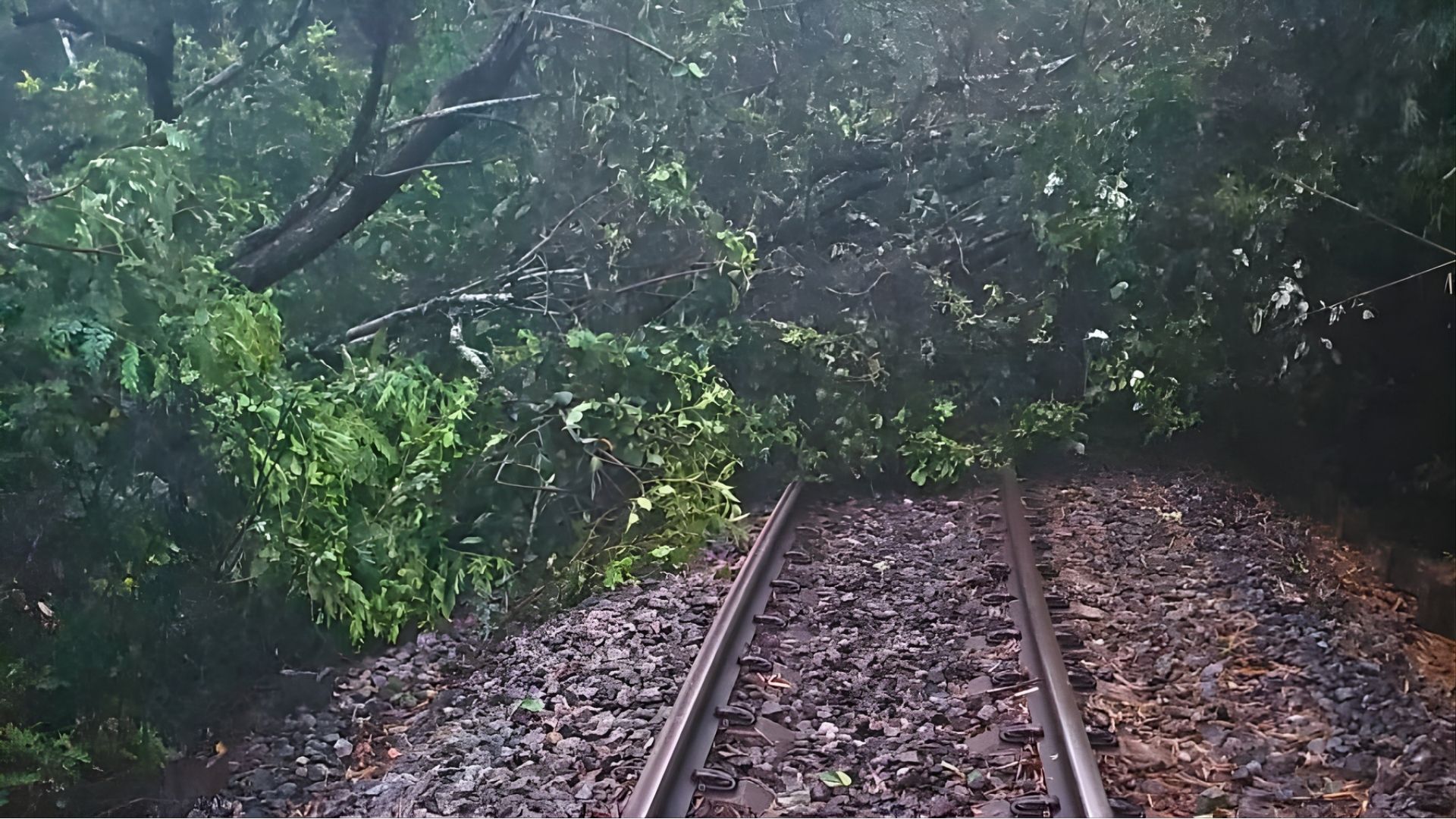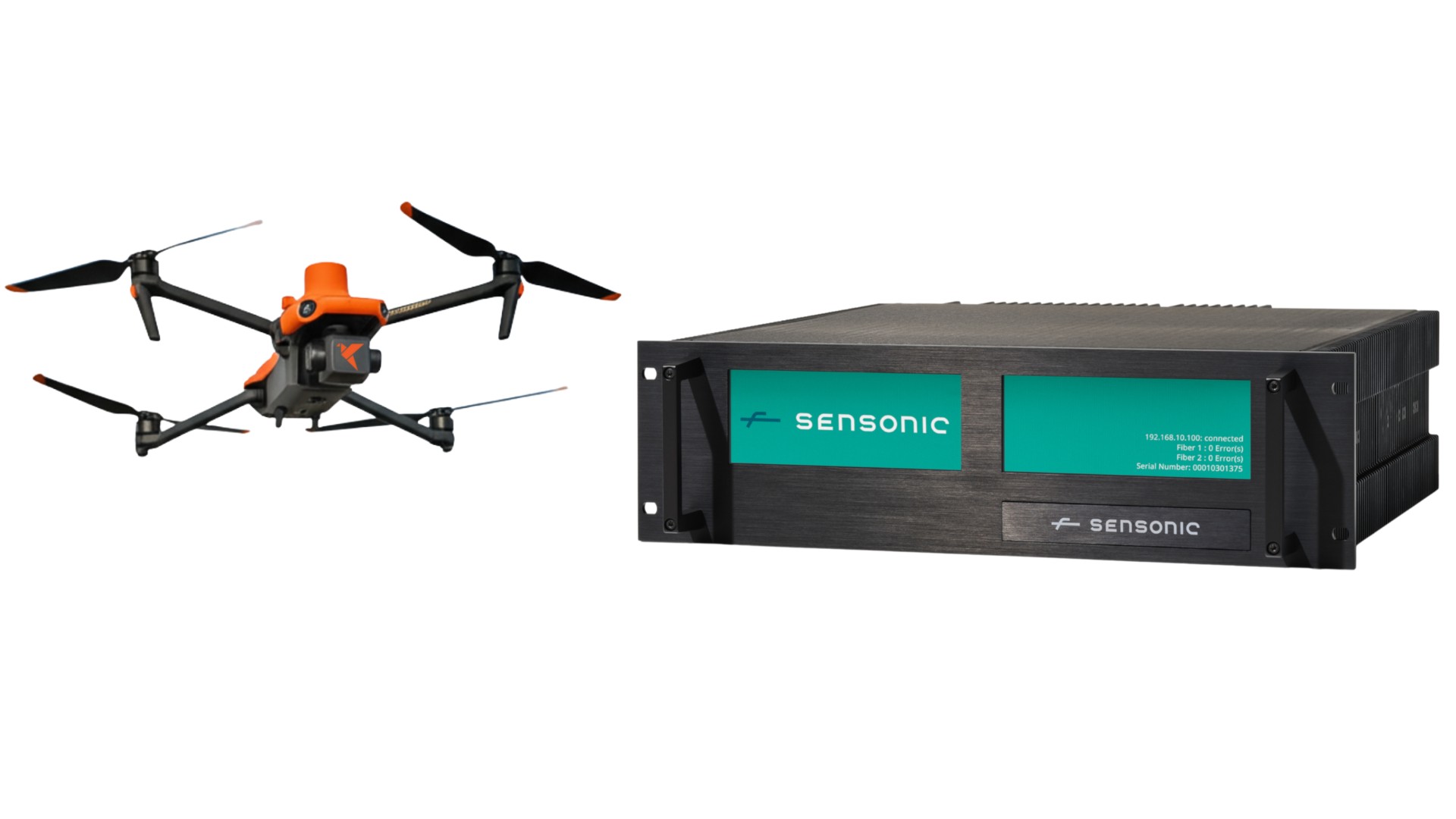Fiber optic vibration sensing is often referred to as Distributed Acoustic Sensing (DAS). It is a technology that uses the properties of light combined with the material properties of fibre optic cables to measure acoustic vibrations along the cable length. This allows for the continuous monitoring of long lengths of fiber optic cable listening for a variety of events. For railways applications, such events include rockfalls, landslides, track trespass and of course the vibrations a passing train generates.
DAS works by injecting a short pulse of light into the fiber optic cable. As the pulse of light travels down the fiber, it is scattered by tiny imperfections in the fiber. Many of these imperfections are caused by a strain of the fiber, i.e., movement of it. Even extremely small fibre movements such as those caused by acoustic vibrations cause the scattered light signals to change.
The scattered light is collected by a sensor at the same end of the fiber where light was injected. The sensor measures the time it takes for the scattered light to return, which is used to determine the distance from the sensor to the imperfection that caused the scattering.
By measuring the time taken for scattered light to return from the multiple imperfections along the length of the fiber, it is possible to create a fingerprint of the acoustic signature along the fiber, a digital twin / SonicTwin®. This acoustic fingerprint can be used to detect and monitor a variety of events, such as:
- Rockfalls – Rocks falling on or near the fiber/track generate ground vibrations which can be detected and generate alerts for operations teams.
- Landslides: In a similar way large volumes of earth, rock and mud moving near the fiber also generate ground vibrations
- Track trespass: DAS can be very sensitive. It can “hear” the footsteps of people walking on or near the fiber/track.
- Digging: Digging activities from both humans and machines can be detected in the same way to alert staff to potential cable theft, or interference with the track.
- Catenary flashovers: When electrification faults cause a flashover, it makes a brief but distinctive noise. As DAS systems monitor 24/7 and the noise causes fiber vibrations, the fault can be precisely geolocated saving inspection and repair team’s significant time.
- Track condition monitoring: Because a SonicTwin can be created of how the infrastructure responds to trains passing over it, any changes in this performance can be related to changes in track condition.
- Animal intrusion: Just as we can detect humans, we can detect animals too, particularly larger ones which may pose a hazard to train operations such as elephants.
- And there are likely more applications to come!
DAS has several advantages over traditional sensing methods that rely on point sensor.
- We can monitor up to 100km of fiber optic cable from one sensing unit, rather than only a single point. This makes it ideal for rail applications where we want information from along a long linear asset.
- Fiber optic cables are durable and can have lives measured in decades. That is why we already extensively use them for railway signalling and telecoms.
- We can use (re)existing fiber optic cables. A single fiber is all that is needed to gather data.
- No EMC issues. As our trackside sensing elements are glass and light, electromagnetic compatibility issues are avoided.
- Security. Fiber optic systems are extremely difficult to tamper with and don’t rely on wireless networks ensuring cybersecurity is not compromised.
Whilst DAS is a relatively new and innovative technology for the rail sector, it is well established in both securing and monitoring long linear assets such as borders, pipelines, and cable networks. It can revolutionise the way railways are operated and maintained by providing continuous monitoring of railway assets even in remote locations – something that is not traditionally achievable.
Distributed Acoustic Sensing has the potential to both improve railroad safety and reduce railway maintenance costs enabling a more efficient railway.


